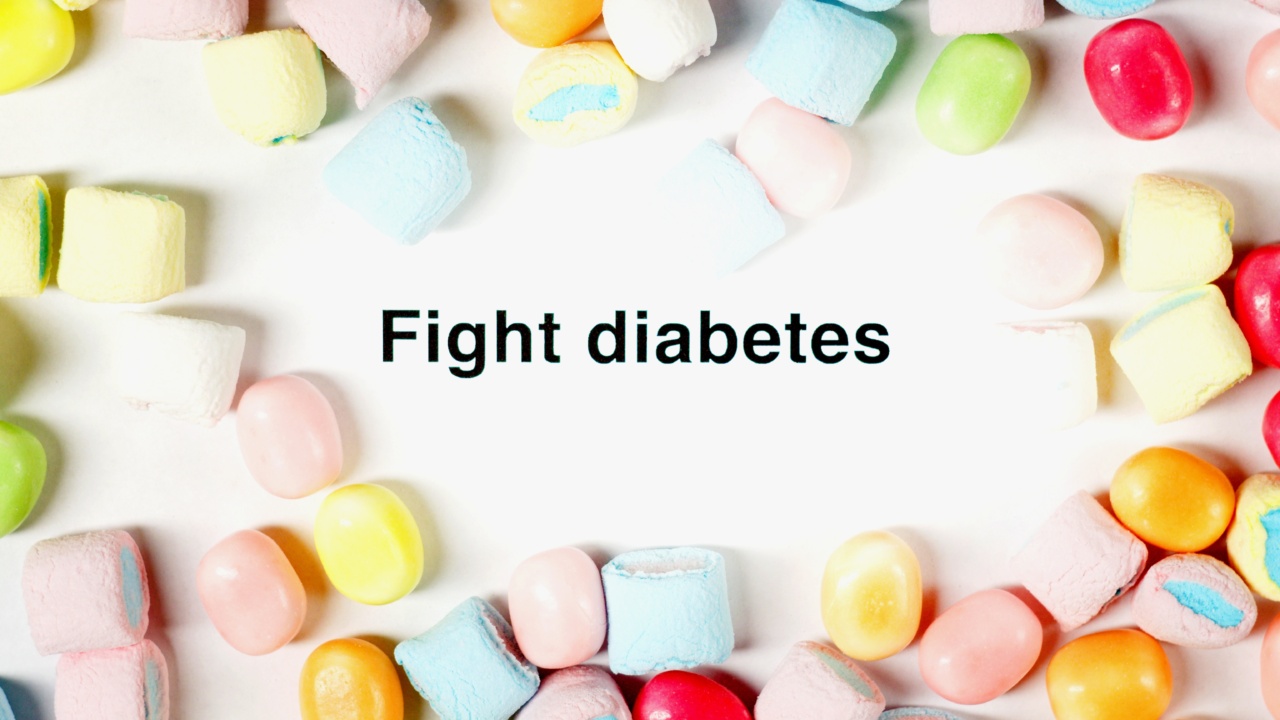In today’s society, sugar addiction is a rampant issue that affects millions of people worldwide.
With the rise in the consumption of sugary foods and beverages, it has become more important than ever to find effective ways to combat this addiction. One such tool that has gained significant attention in recent years is the glycemic index.
Understanding the Glycemic Index
The glycemic index (GI) is a ranking system used to measure the impact of different carbohydrate-rich foods on blood sugar levels.
It assigns a numerical value to each food, indicating how quickly it raises blood glucose levels compared to a reference food, typically pure glucose or white bread.
Carbohydrates are an essential macronutrient that provides energy to the body. However, not all carbohydrates are created equal.
Some are digested and absorbed more quickly, causing a rapid increase in blood sugar levels, while others are broken down and absorbed more slowly, leading to a gradual rise in blood sugar levels. The GI allows us to differentiate between these carbohydrates and make more informed choices about the foods we consume.
How Does the Glycemic Index Work?
The GI is measured on a scale of 0 to 100, with pure glucose assigned a value of 100 and acting as the reference point. Foods with a high GI (70 and above) are quickly digested and absorbed, causing a rapid spike in blood sugar levels.
These foods are known to have a high glycemic load, which can contribute to various health issues, including diabetes, obesity, and cardiovascular diseases.
On the other hand, foods with a low GI (55 and below) are digested and absorbed more slowly, resulting in a gradual increase in blood sugar levels.
These foods have a lower glycemic load and are generally considered healthier options as they provide a steady release of energy and promote stable blood sugar levels.
It is important to note that the GI does not consider the portion size of a food, but rather the quality of the carbohydrates it contains. Therefore, it is essential to combine the GI with portion control for more accurate blood sugar management.
The Impact of the Glycemic Index on Sugar Addiction
One of the primary reasons the glycemic index is considered a vital contribution to the fight against sugar addiction is its ability to assist in regulating blood sugar levels.
When we consume foods with a high GI, our blood sugar levels rapidly rise, causing a surge in insulin production to bring them back down. This rollercoaster effect can lead to cravings for more sugar, perpetuating the addiction cycle.
By opting for foods with a lower GI, we can achieve more stable blood sugar levels, reducing the chances of experiencing intense cravings and subsequent overconsumption of sugar.
The gradual release of energy from low GI foods allows us to maintain more balanced insulin levels throughout the day, promoting better overall health and well-being.
Furthermore, incorporating low GI foods into our diet can help us feel fuller for longer. High GI foods tend to be digested quickly, leading to a rapid increase in blood sugar followed by a crash.
This crash often leaves us feeling hungry and unsatisfied, driving us to reach for more sugary snacks to satisfy our cravings. In contrast, low GI foods provide a sustained release of energy, keeping us satiated and reducing the desire for unhealthy sugary treats.
The Glycemic Index in Practice
Implementing the glycemic index in our daily lives can be a simple and effective way to combat sugar addiction. By making smarter food choices and selecting low GI alternatives, we can reduce our reliance on sugar and improve our overall health.
Here are some tips for incorporating the glycemic index into your diet:.
1. Swap Refined Carbohydrates for Whole Grains
Refined carbohydrates, such as white bread, pastries, and sugary cereals, have a high GI and are known to contribute to sugar addiction.
Replace these with whole grain alternatives like whole wheat bread, brown rice, and quinoa, which have a lower GI and offer more nutritional value.
2. Opt for Low GI Fruits and Vegetables
Most fruits and vegetables have a low GI and are excellent options for satisfying sweet cravings while providing essential vitamins, minerals, and fiber.
Focus on fruits like berries, cherries, and apples, and vegetables such as leafy greens, broccoli, and cauliflower.
3. Include Lean Proteins and Healthy Fats
Pairing low GI carbohydrates with lean proteins and healthy fats can further stabilize blood sugar levels and promote satiety.
Incorporate foods like chicken breast, fish, avocados, nuts, and olive oil into your meals to enhance the nutritional profile and improve overall satisfaction.
4. Practice Portion Control
Although low GI foods are beneficial, it is crucial to practice portion control to maintain a balanced diet. Healthy eating is about finding the right balance between different food groups and consuming appropriate portion sizes.
5. Stay Hydrated
Proper hydration is essential for overall health and can help reduce cravings. Often, we mistake thirst for hunger, leading to unnecessary snacking. Stay hydrated by drinking an adequate amount of water throughout the day.
By incorporating these strategies into your daily routine, you can gradually reduce your sugar intake and break free from the cycle of sugar addiction.
The Future of the Glycemic Index
The glycemic index has proven to be a valuable tool in the fight against sugar addiction.
Its ability to regulate blood sugar levels and reduce cravings has made it an essential part of many dietary approaches, including those aimed at managing diabetes and promoting weight loss.
As research in the field of nutrition continues to evolve, there may be advancements in refining and expanding the glycemic index.
Scientists are exploring the concept of the glycemic load, which takes into account both the GI and the portion size of a food. This approach may provide an even clearer picture of how different foods affect blood sugar levels.
Additionally, the GI may become more widely recognized and utilized in food labeling, making it easier for consumers to identify low GI options and make informed choices.
This would be a significant step towards reducing sugar addiction on a larger scale.
Conclusion
Sugar addiction is a prevalent problem in today’s society, contributing to numerous health issues.
The glycemic index offers a practical approach to managing blood sugar levels and reducing cravings, making it a vital tool in the fight against sugar addiction.
By understanding and implementing the principles of the glycemic index, individuals can make healthier food choices and ultimately break free from the grip of sugar addiction.






























